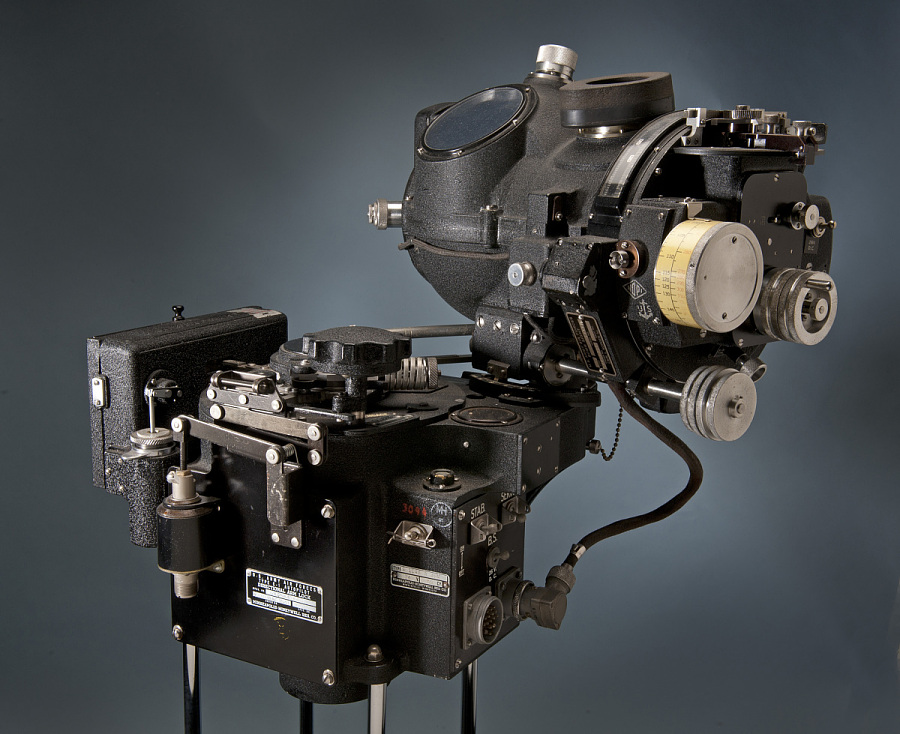WW II bombsights, cybernetics, and Walgreens
So, if the question is “What might these have in common?”, then an answer is systems thinking.
Let me start by showing the historical connections.
Connecting some historical dots
WW II Bombsights: Bomber aircraft needed advanced bombsights to improve accuracy. These devices used gyroscopes and feedback mechanisms to stabilize the sighting system, allowing bombers to maintain consistent aim even during turbulent flight conditions.
Cybernetics: The formal term “cybernetics” emerged with Norman Wiener’s 1948 book Cybernetics: Or Control and Communication in the Animal and the Machine. However, the underpinning principles such as feedback loops, control mechanisms, and communication were already being applied in military contexts during the war.
Cybernetics focused on control systems and feedback loops, emphasizing how systems maintain stability and adapt to changes. The understanding of the feedback mechanisms within systems is central to the discipline of systems thinking.
Systems thinking: This thinking discipline is a way of understanding and solving complex challenges by examining how various parts of a system interact and influence each other. Instead of focusing on individual components in isolation, systems thinking considers the system as a whole. It involves identifying patterns, feedback loops, and interconnected relationships to find solutions that address root causes rather than just symptoms. This approach is used to better understand complex systems and make informed decisions.
Walgreens: (Note: I used Walgreens to get your attention. This brief explanation applies to the complexity of any retail business.) A retail business (like Walgreens) is a complex system that involves multiple interacting elements, feedback loops, and emergent behaviors. The complexity arises from the interconnectedness of various factors, including customers, employees, suppliers, products, technology, and external influences like economic trends and regulatory environments.
Using systems thinking to look at Walgreens (and other retailers)
Here are four views of Walgreens from a systems thinking point of view. There are more.
Multiple Interacting Components
- Customers: A diverse customer base with varying preferences, behaviors, and needs. The interactions between customers and the business can lead to complex patterns in sales and customer satisfaction.
- Employees: Interactions with each other and with customers contribute to the business’s overall dynamics.
- Suppliers: These relationships affect product availability, pricing, and quality.
Feedback Loops
- Customer Feedback: Customer reviews, feedback, and word-of-mouth will influence the business’s reputation and affect sales.
- Sales Data and Inventory: Data is used to manage inventory and product orders. This creates feedback loops where past sales influence future purchasing decisions.
- Employee Performance: Employee performance feedback loops affect customer satisfaction and, consequently, business outcomes.
Emergent Behavior
- Trends and Fads: Retail businesses often experience emergent behavior when new trends or fads arise, creating unexpected spikes in demand for certain products.
- Customer Loyalty: The emergence of customer loyalty is a result of consistent positive interactions and brand reputation. Maintaining it requires constant attention.
Adaptation and Evolution
- Market Changes: Retail businesses must adapt to changes in market trends, economic conditions, and customer preferences.
- Technology Integration: The introduction of new technologies, like e-commerce platforms and point-of-sale systems, requires retail businesses to evolve and adapt their operations.
- Regulations and Compliance: Retail businesses operate within regulatory frameworks that can change over time. This is especially true for Walgreens and their competitors because of their pharmacy operations.
- Social and Cultural Factors: Social and cultural trends influence customer behavior and expectations. Right now, retailers have to adjust to five generations of customers.
3+3+3
Here are some things to consider as you dig into the discipline of systems thinking.
Three things to know:
- It involves understanding the whole system, not just your part within the system.
- It’s a way of thinking, not a stand-alone tool.
- It has broad applicability. Put it in your tool kit.
Three questions to ask:
- How are the different parts of the system connected?
- What are the underlying causes of our challenge? Go beyond the symptoms.
- What are the potential consequences of a solution to our challenge? Look for unintended consequences.
Three actions to take:
- Get out of your silo and develop a wholistic mindset.
- Watch for patterns and interconnections.
- Practice mapping the systems and its components. Dig into interconnections.
Never miss out!
Get an email update every time I publish new content. Be the first to know!

